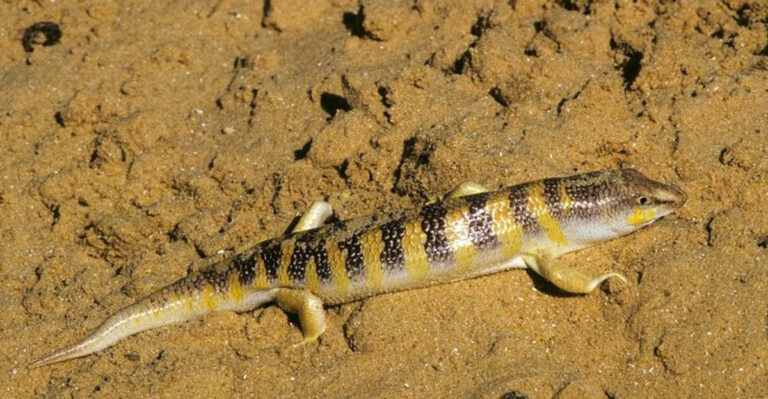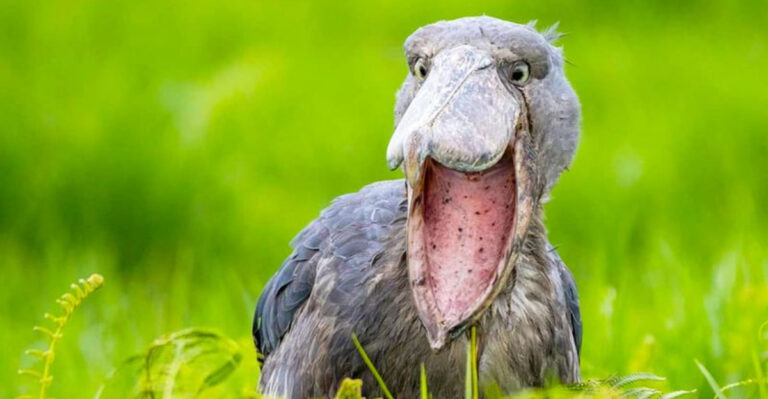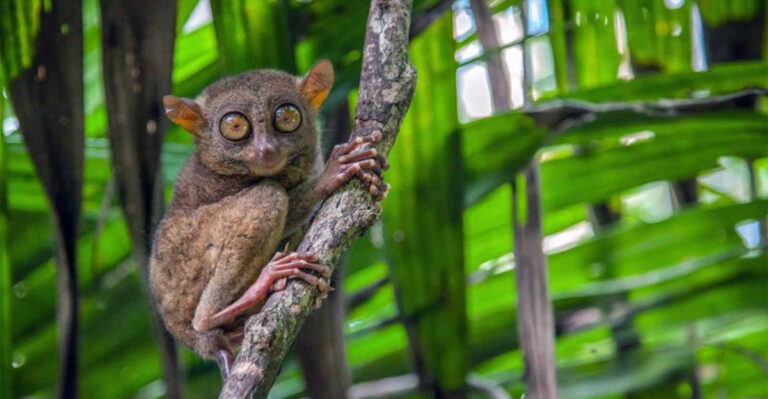15 Things Even Expert Hummingbird Watchers Get Wrong
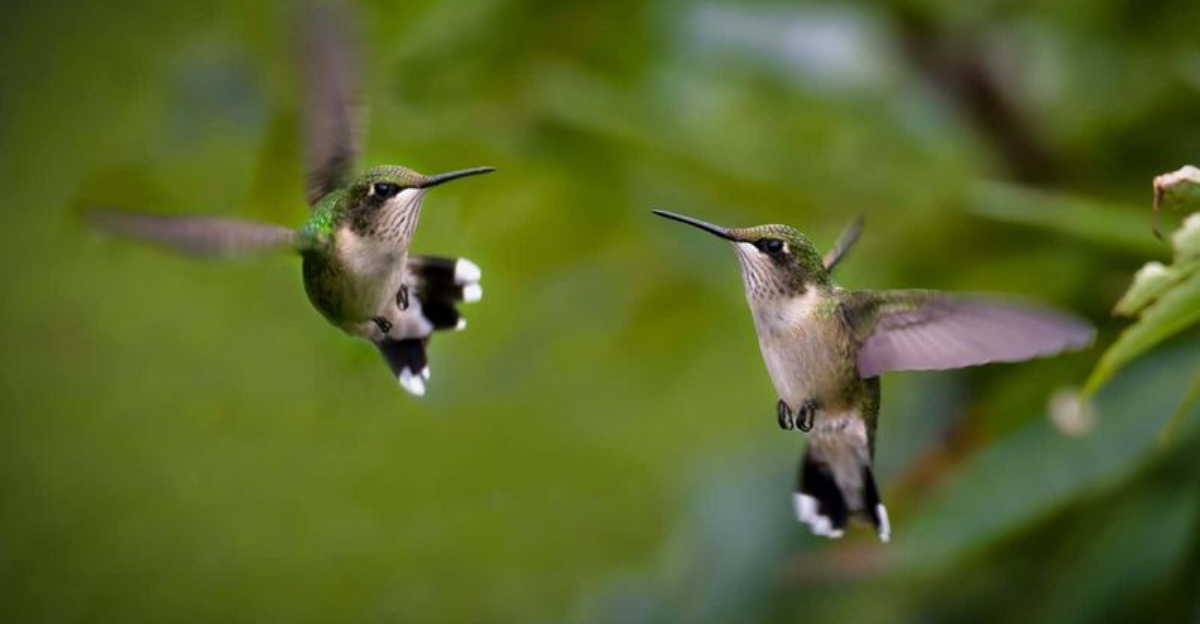
Ever watched these tiny aerial acrobats zip through your garden and wondered if you’re seeing things correctly?
Hummingbirds are fascinating creatures, but they’re surrounded by more myths than a medieval castle.
Even seasoned bird enthusiasts can fall prey to common misconceptions about these iridescent little speedsters.
1. Nectar Recipe Confusion
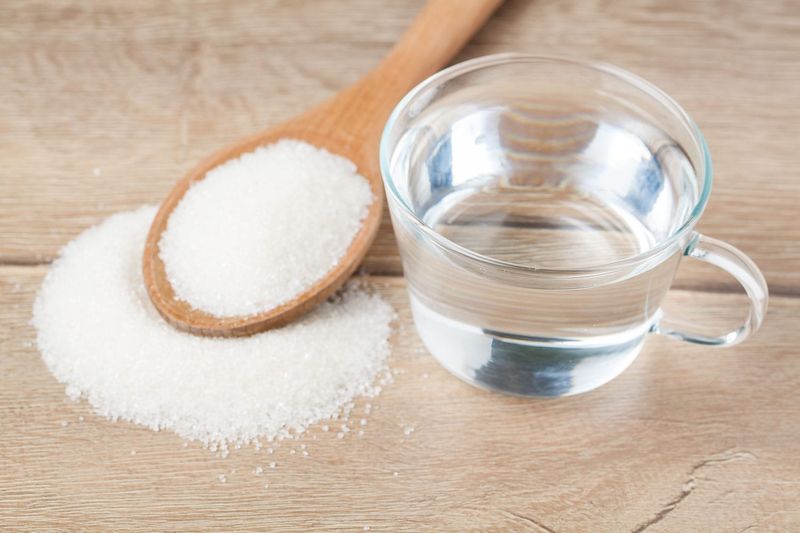
The classic 4:1 water-to-sugar ratio isn’t just a suggestion – it’s science! Many experts mistakenly use honey or brown sugar, which can cause fatal tongue fungus in these tiny fliers.
Plain white sugar most closely mimics natural flower nectar. Adding red dye isn’t just unnecessary – it could be harmful to these sensitive birds.
2. Feeder Placement Blunders
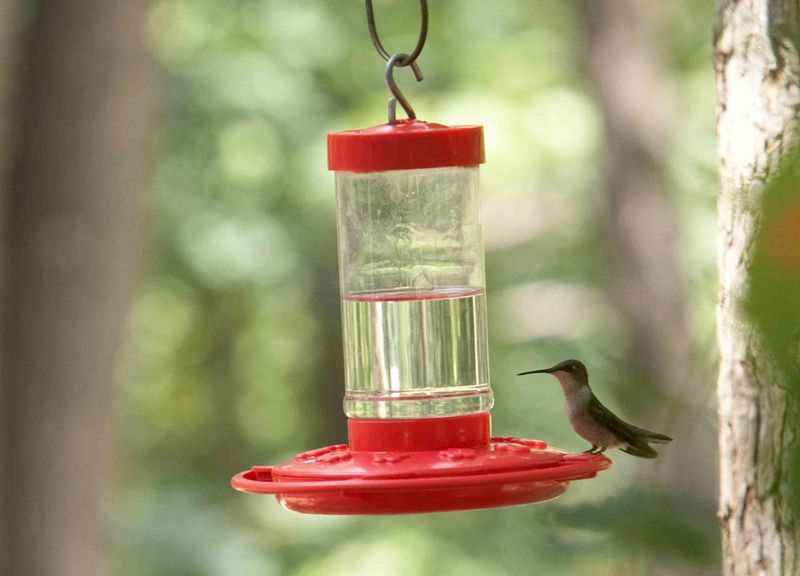
Hanging feeders in direct sunlight seems logical for visibility, but it’s actually a recipe for disaster. The sugar solution ferments quickly in heat, potentially causing illness in your winged visitors.
Partial shade locations keep nectar fresh longer. Plus, nearby perches let hummingbirds rest while guarding their liquid gold from competitors.
3. Migration Timing Myths
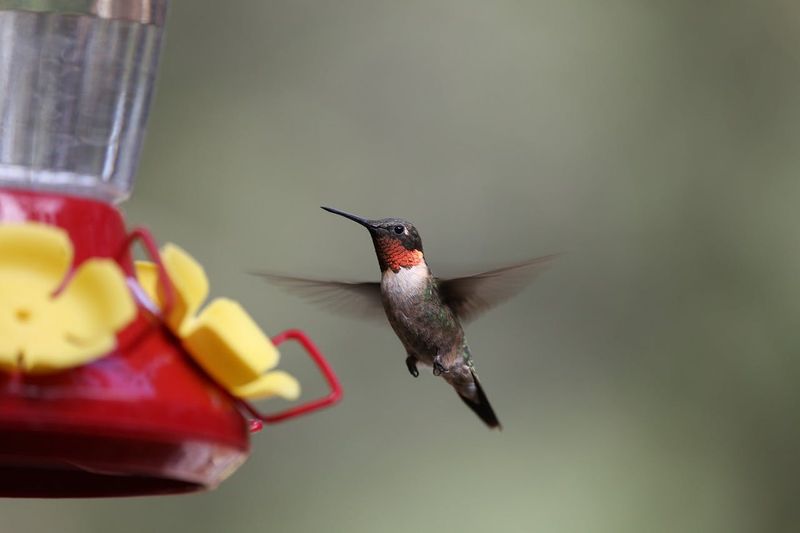
Contrary to popular belief, leaving feeders up in fall doesn’t prevent hummingbirds from migrating south. Their journey is triggered by changing daylight hours, not food availability.
Keeping feeders up actually helps late migrants and winter residents in some regions. Some species like Anna’s hummingbirds don’t migrate at all in milder climates!
4. Wing Speed Exaggerations
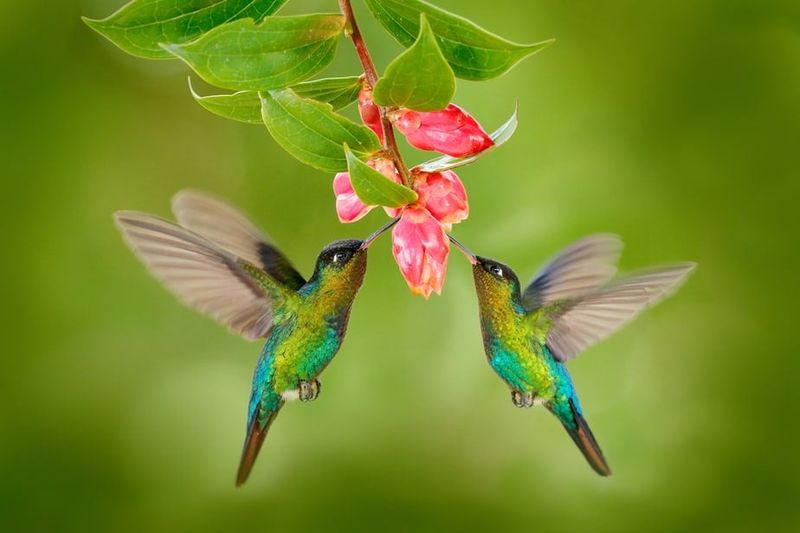
Wings beating 1,000 times per second? Not even close! This commonly repeated factoid defies physics. Most hummingbirds actually flap 50-80 times per second, which is still incredibly fast.
The smallest species, the Bee Hummingbird, might reach 200 beats per second during display dives. That distinctive humming sound comes from these rapid wingbeats cutting through air.
5. Feeding Frequency Fallacies
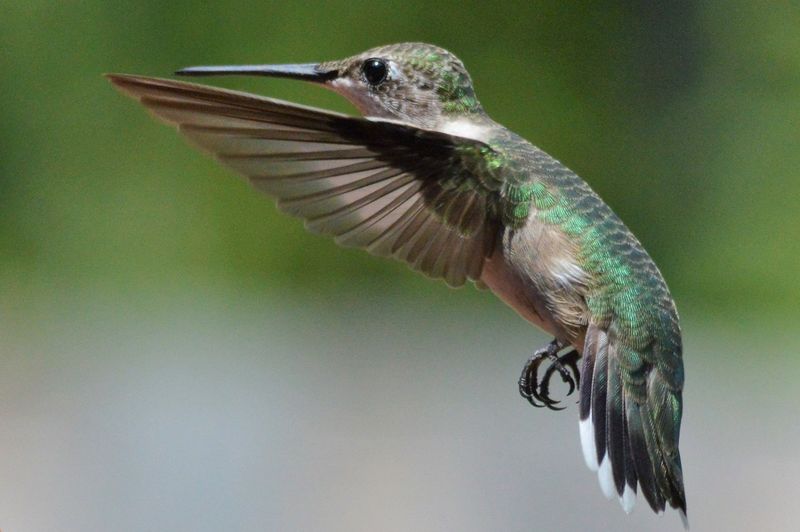
Many observers think hummingbirds visit flowers constantly throughout the day. The truth? These tiny dynamos actually spend 75-80% of their time perching and digesting!
Their supercharged metabolism requires frequent meals, but they’re surprisingly efficient. A hummingbird can process nectar in as little as 20 minutes before needing to refuel again.
6. Color Attraction Oversimplification
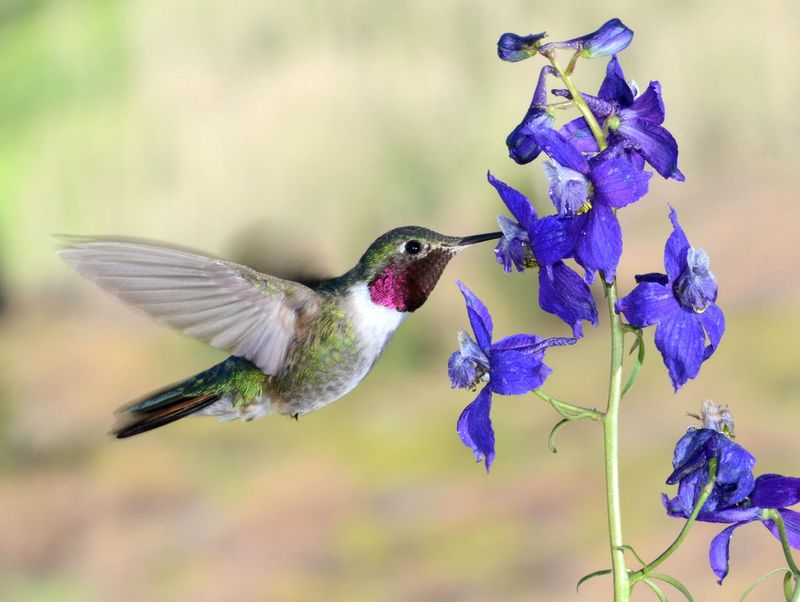
The belief that hummingbirds only visit red flowers is wildly inaccurate. While they’re initially attracted to bright colors, especially red, they’ll investigate any flower that might contain nectar.
These smart birds quickly learn which flowers provide the best rewards, regardless of hue. They’re particularly drawn to tubular-shaped blooms that match their specialized bills, in any color.
7. Territorial Behavior Misunderstandings
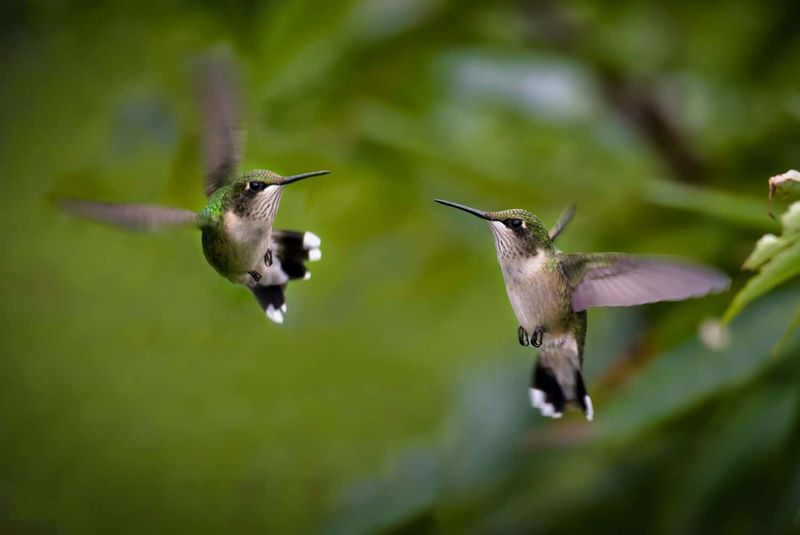
Those spectacular aerial dogfights aren’t just random aggression. Hummingbirds establish complex territories around food sources, with dominant birds controlling prime feeding spots.
Females are just as territorial as males, especially around nests. Setting up multiple feeders spaced 10-15 feet apart can reduce conflicts and allow more birds to feed peacefully.
8. Nest Material Misconceptions
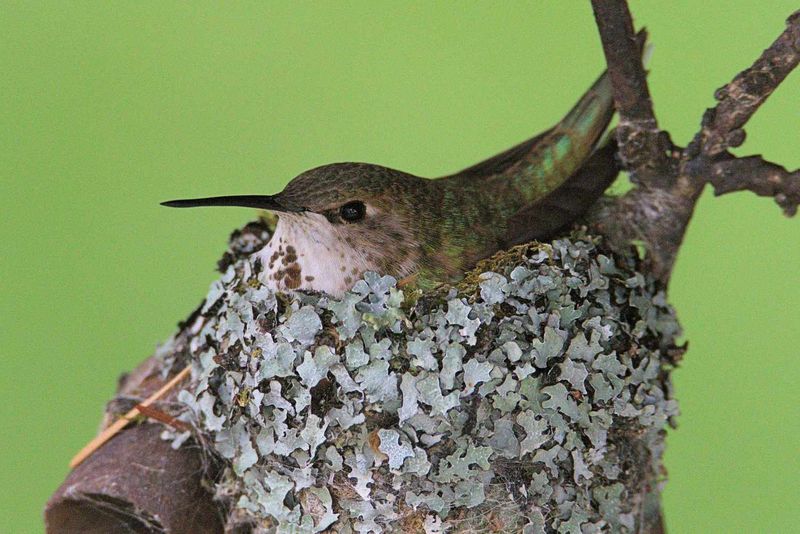
Spider silk isn’t just one ingredient in hummingbird nests—it’s the essential binding that holds everything together! These engineering marvels stretch as chicks grow, thanks to this elastic material.
Many enthusiasts put out cotton or yarn hoping to help, but these materials can entangle tiny feet. Natural plant down, lichen, and moss are what these master builders truly need.
9. Hibernation Confusion
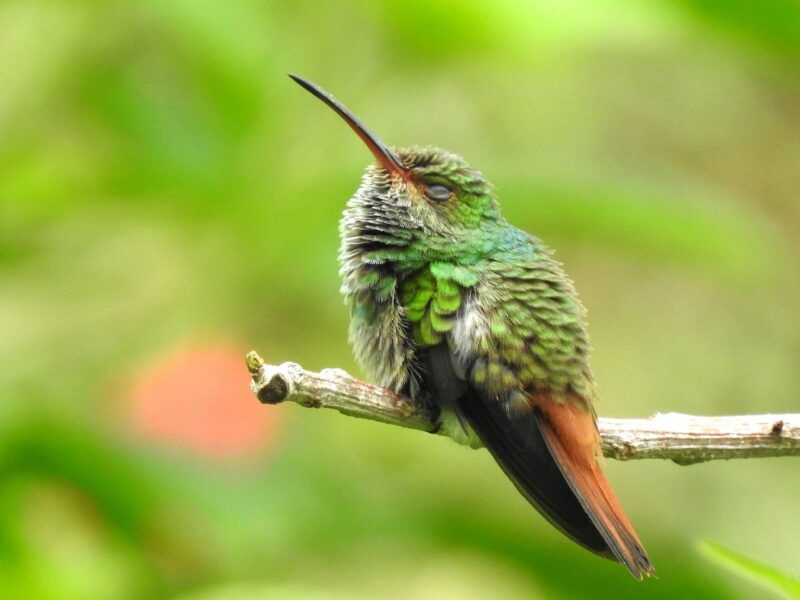
Finding a motionless hummingbird doesn’t mean it’s dead! These tiny creatures enter a state called torpor – a nightly mini-hibernation that reduces their body temperature and heart rate to conserve energy.
During torpor, a hummingbird’s heart rate drops from 1,200 beats per minute to just 50. They may hang upside-down and appear completely lifeless until they warm up again at dawn.
10. Beak Function Oversimplification
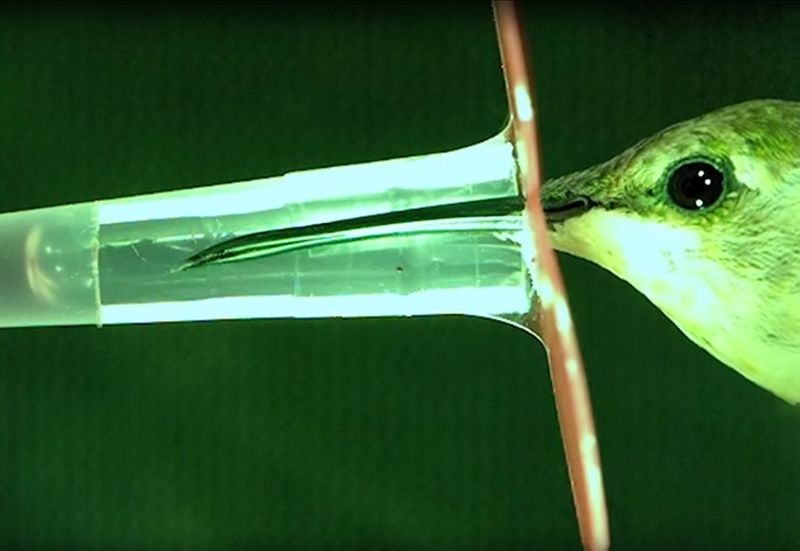
Those needle-like beaks aren’t straws! Contrary to popular belief, hummingbirds don’t suck nectar—they lap it up using their forked, tube-like tongues that work like tiny pumps.
Their specialized tongues can flick in and out up to 20 times per second. The beak’s primary purpose is actually to protect this delicate feeding apparatus while providing precision when probing flowers.
11. Cleaning Schedule Errors
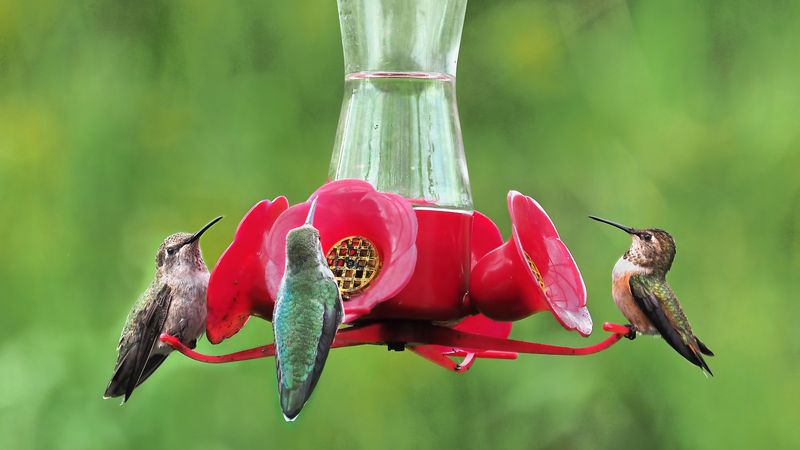
Rinsing feeders monthly might seem sufficient, but it’s a microbial playground waiting to happen! Sugar water ferments quickly, especially in warm weather, creating deadly mold and bacteria.
Feeders should be thoroughly cleaned every 2-3 days in summer and at least weekly in cooler weather. Hot water and a bottle brush work better than soap, which can leave harmful residues.
12. Lifespan Underestimation
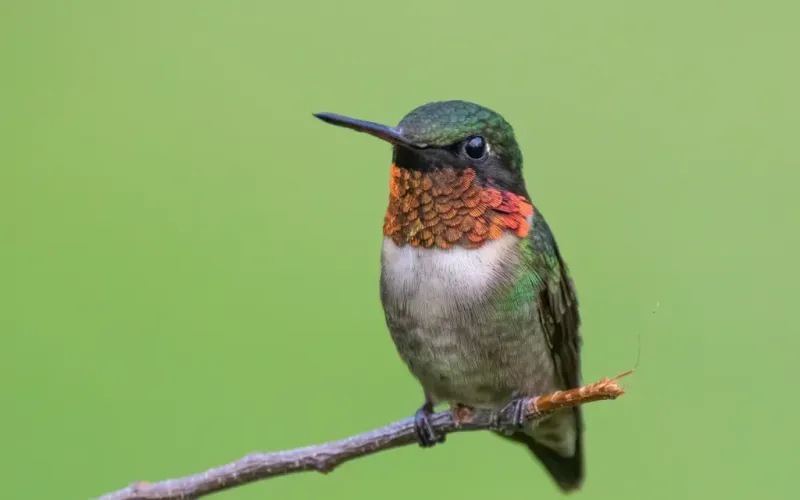
Their rapid heartbeats and high-energy lifestyle suggest a brief existence, but these tiny marvels can live surprisingly long. While many don’t survive their first year, those that do can thrive for 5+ years.
The record-holder was a female Broad-tailed Hummingbird who lived to the astonishing age of 12. Banded individuals have been documented returning to the same gardens for multiple years.
13. Weather Protection Myths
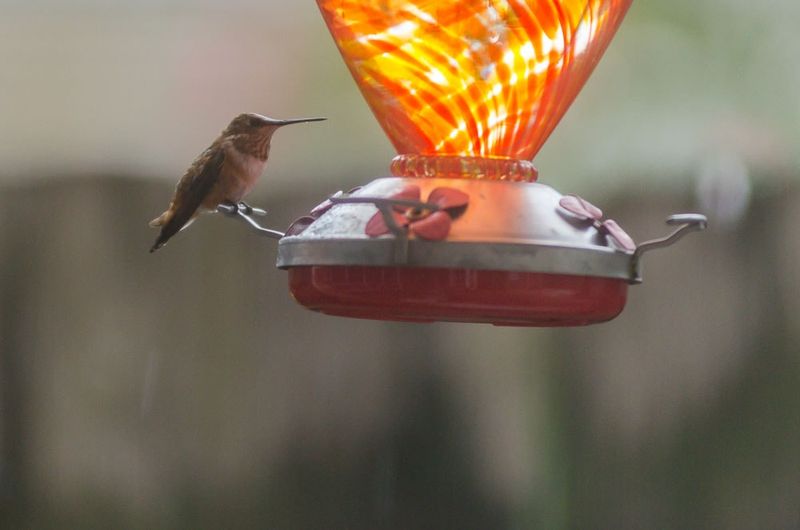
Taking feeders down during rain doesn’t help hummingbirds—they’re remarkably waterproof! Their specialized feathers shed water efficiently, and they continue feeding during light precipitation.
The real threat comes from prolonged cold, wet conditions that can lead to hypothermia. Providing sheltered feeding stations near evergreen trees offers protection while allowing these hardy birds to maintain their critical energy intake.
14. Insect Diet Oversight
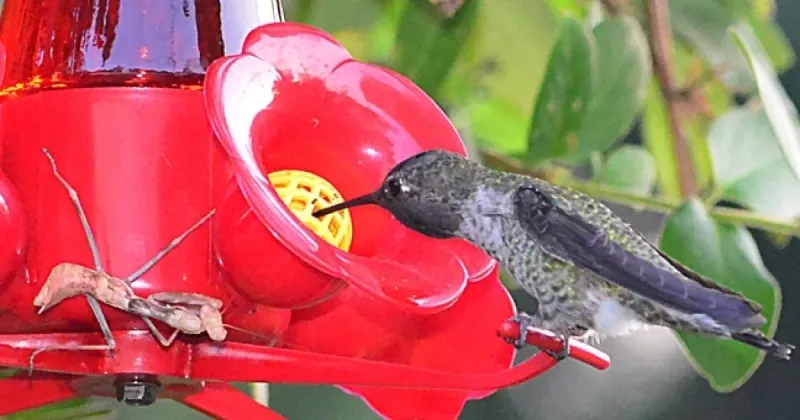
Focusing exclusively on nectar feeders misses half their nutrition! Hummingbirds aren’t vegetarians—they’re voracious insectivores, with bugs making up 60-80% of their diet.
They snatch tiny insects mid-air and pluck them from spider webs. Creating pesticide-free gardens with native plants attracts these protein-rich morsels that hummingbirds need, especially during breeding season.
15. Species Identification Shortcuts
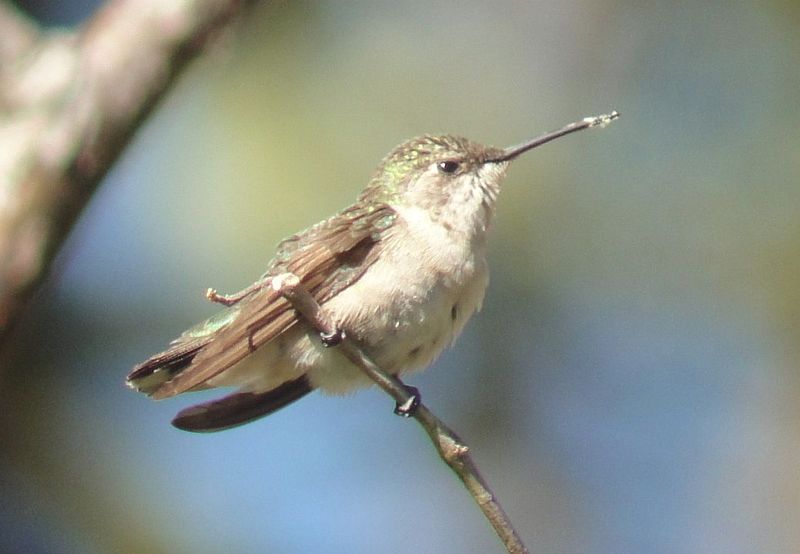
Not every hummingbird with a red throat is a Ruby-throated! North America hosts at least 15 regular species and several rare visitors, each with distinctive features beyond the obvious gorget color.
Female and juvenile hummingbirds often lack showy colors entirely. Wing shape, tail patterns, and bill length provide more reliable identification clues than the flashy throat patches that only mature males display.

